
Silpakorn University (SU.) is a national university in Thailand. The university was founded in Bangkok in 1943 by Tuscan–born art professor Corrado Feroci, who took the Thai name Silpa Bhirasri when he became a Thai citizen. It began as a fine arts university and now includes many other faculties as well. In 2016, it has 25,210 students.

Thai art refers to a diverse range of art forms created in Thailand from prehistoric times to the present day, including architecture, sculpture, painting, textiles, decorative arts, crafts, ceramics, and more. While Buddhism has played a significant role in Thai art, with many sculptures and paintings depicting Buddha images and religious themes, nature, including flora and fauna, as well as mythical creatures, has been a major inspiration for Thai art, with colorful motifs appearing in various types of art forms. In contemporary Thai art, traditional works remain significant and continue to influence artists' concepts.
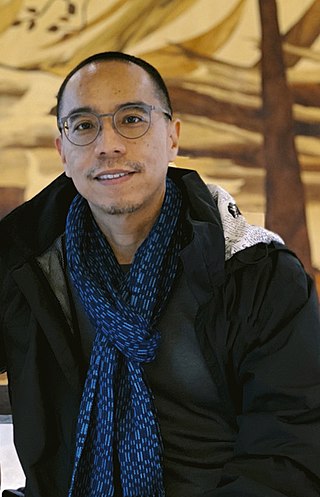
Apichatpong Weerasethakul is a Thai independent film director, screenwriter, film producer and Professor at Tama Art University in Tokyo. Working outside the strict confines of the Thai film studio system, Apichatpong has directed several features and dozens of short films. Friends and fans sometimes refer to him as "Joe".
S. P. Somtow is a Thai-American musical composer and conductor, and a science fiction, fantasy, and horror author writing in English as both Somtow Sucharitkul and S. P. Somtow. He has both Thai and American citizenship.

Silpa Bhirasri, born Corrado Feroci, was an Italian-born Thai sculptor. He is considered the father of modern art in Thailand and was instrumental in the founding of today's Silpakorn University.

Pen-ek Ratanaruang is a Thai film director and screenwriter. He is best known for his arthouse work, Last Life in the Universe, and is considered to be one of Thai cinema's leading "new wave" auteurs, alongside Wisit Sasanatieng and Apichatpong Weerasethakul. He goes by the nickname Tom and is sometimes credited as Tom Pannet.

Wisit Sasanatieng is a Thai film director and screenwriter of Chinese descent. Best known for his colourful debut feature film, Tears of the Black Tiger, he is among a "New Wave" of Thai directors that include Nonzee Nimibutr and Pen-Ek Ratanaruang.
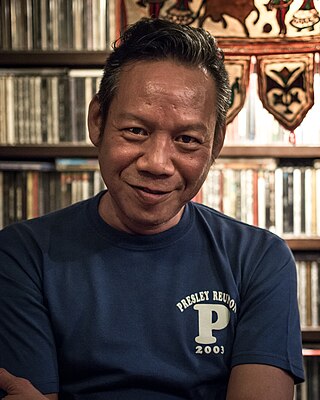
Nonzee Nimibutr is a Thai film director, film producer and screenwriter. Best known for his ghost thriller, Nang Nak, he is generally credited as the leader among a "New Wave" of Thai filmmakers that also includes Pen-Ek Ratanaruang, Wisit Sasanatieng and Apichatpong Weerasethakul.
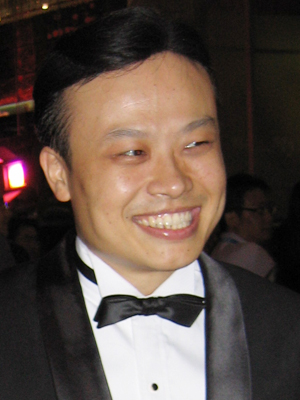
Bundit Ungrangsee is a Thai symphonic conductor.

Fua Haripitak was a Thai artist.
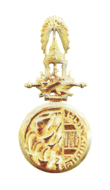
The National Artist is a title given annually by the Office of the National Culture Commission of Thailand, recognizing notable Thai artists in the area of intangible cultural heritage such as literature, fine arts, visual arts, applied arts and performing arts.

Chalermchai Kositpipat is a Thai visual artist. Primarily a painter known for his use of Buddhist imagery, Chalermchai's works have been exhibited worldwide.
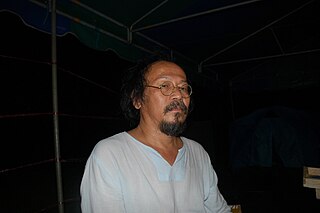
Vasan Sitthiket is a Thai contemporary visual artist. A graduate of the College of Fine Arts in Bangkok, he has works in many fields, including painting and poetry. He has staged three plays, written more than 10 books of poetry, children's books and political writings.
Thunska Pansittivorakul, born October 22, 1973, is a Thai independent film director.
The Ministry of Culture is a Thai government body responsible for the oversight of culture, religion, and art in Thailand. Its FY2019 budget is 8,209.4 million baht.
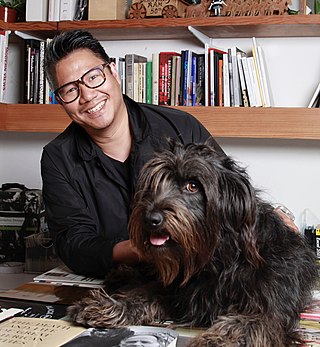
Kulapat Yantrasast is an architect and designer. Originally from Thailand and now based in Los Angeles, he is a founding partner and Creative Director of WHY, a multidisciplinary design practice. In 2007 Yantrasast led the design for the Grand Rapids Art Museum, the first art museum building in the world to receive the LEED Gold certification for environmentally sustainable design.
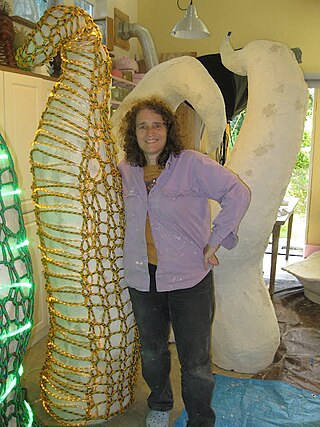
Carol Milne is an internationally recognized Canadian American sculptor living in Seattle, Washington. She is best known for her Knitted Glass work, winning the Silver Award, in the International Exhibition of Glass Kanazawa Japan 2010.
Thawan Duchanee was a Thai contemporary painter, architect and sculptor with an international reputation. In 2001, this notable artist was given the prize by the Office of the National Culture Commission of Thailand as the National Thai Artist in Fine art and Visual art.
Chamras Kietkong was a Thai painter, particularly of portraits. He produced many oil paintings of important Thai figures such as His Majesty King Bhumibol Adulyadej, Queen Sirikit, and Sawang Sommungmee.
Chalood Nimsamer was a Thai artist, working in sculpture, painting, drawing and prints. He was named National Artist in visual arts (sculpture) in 1998.














